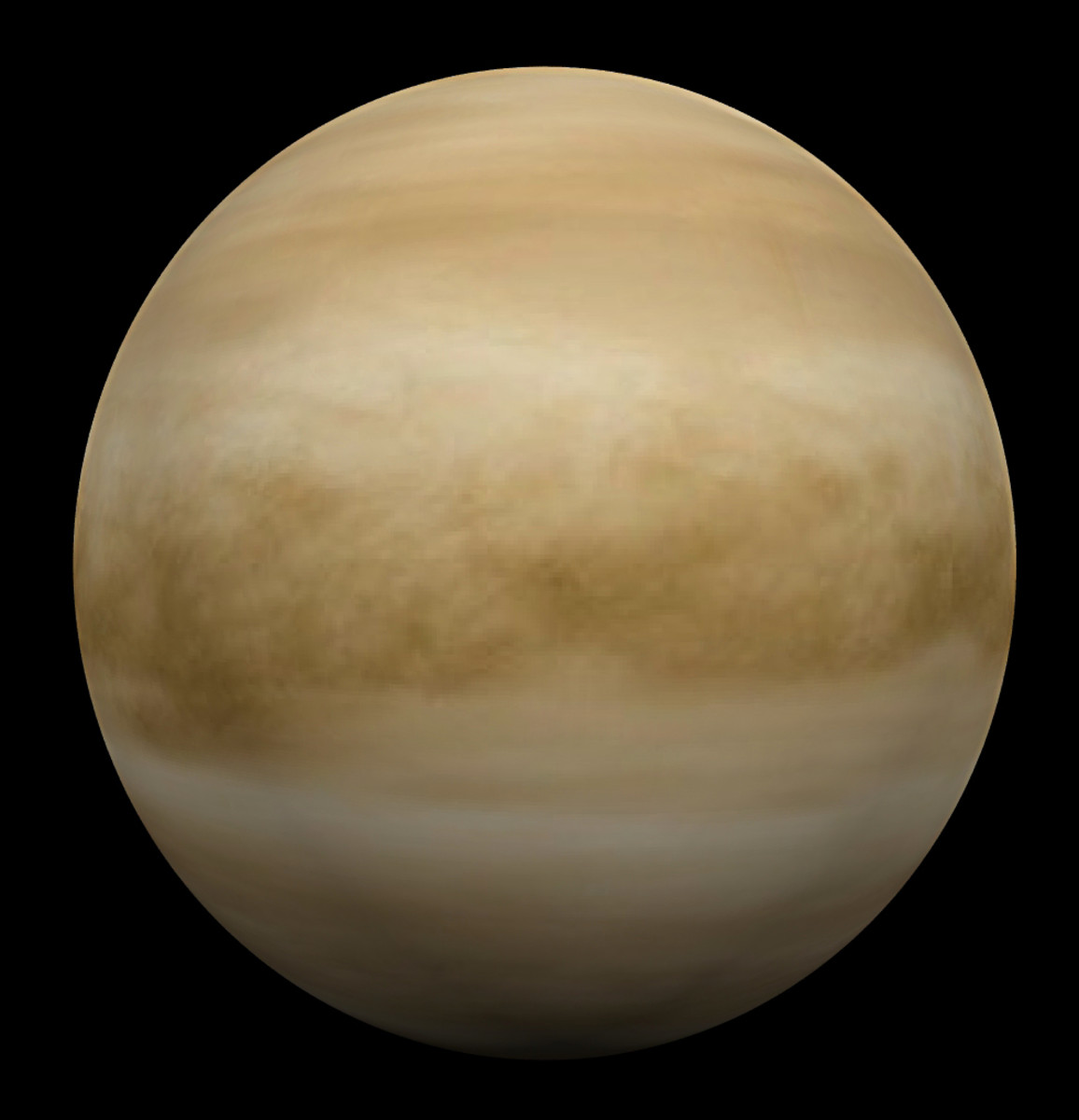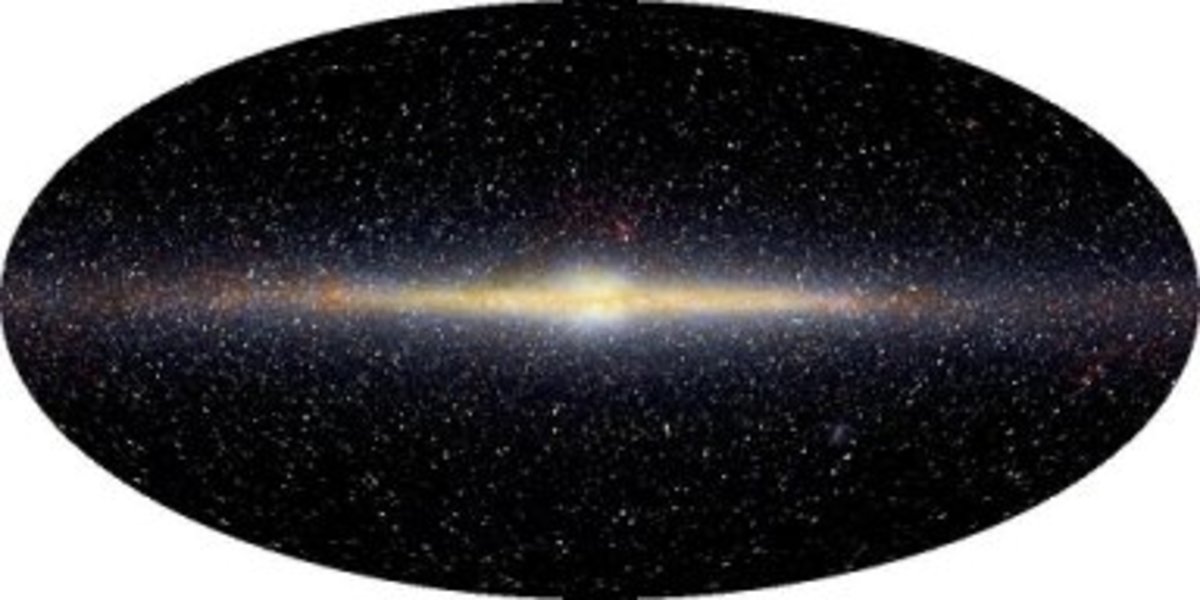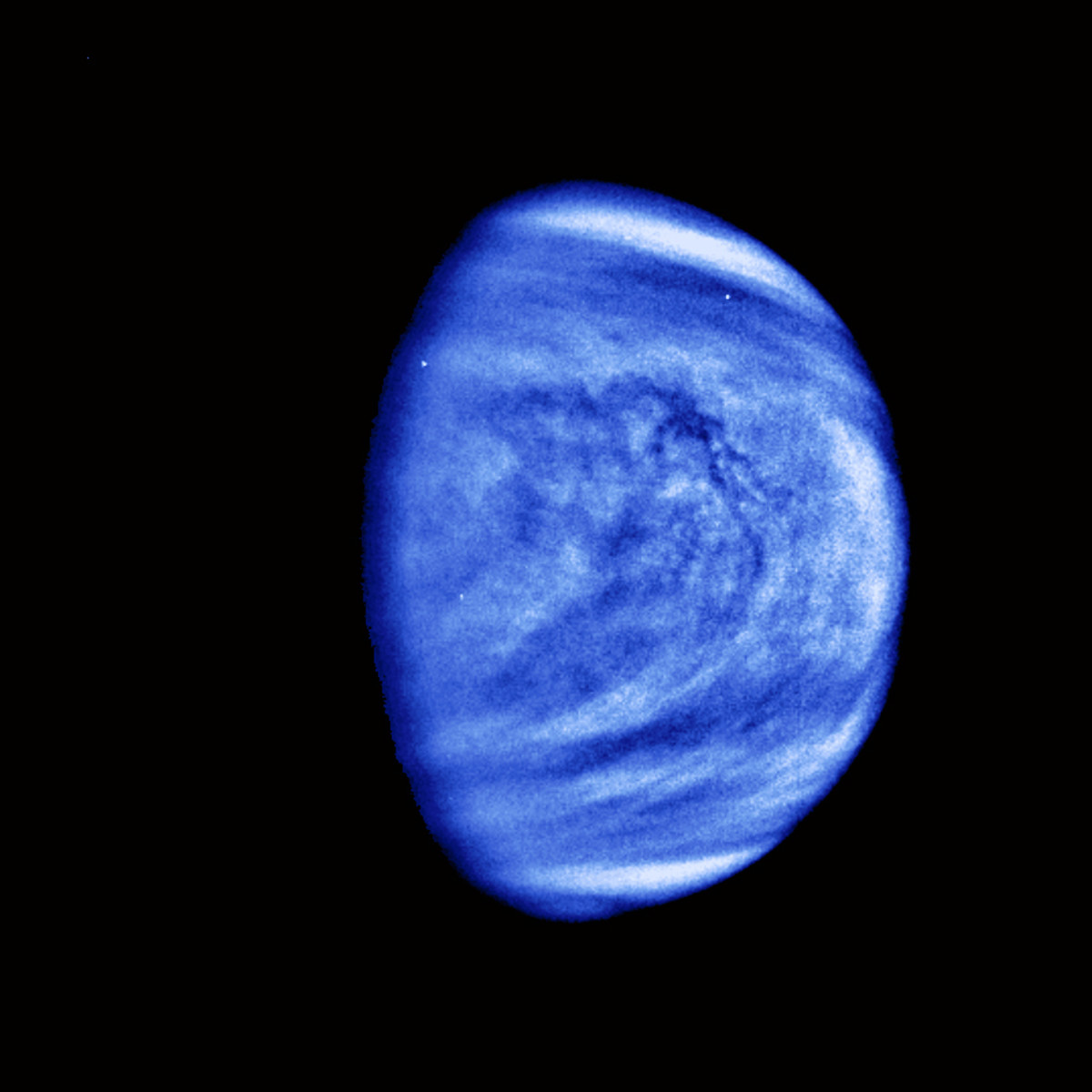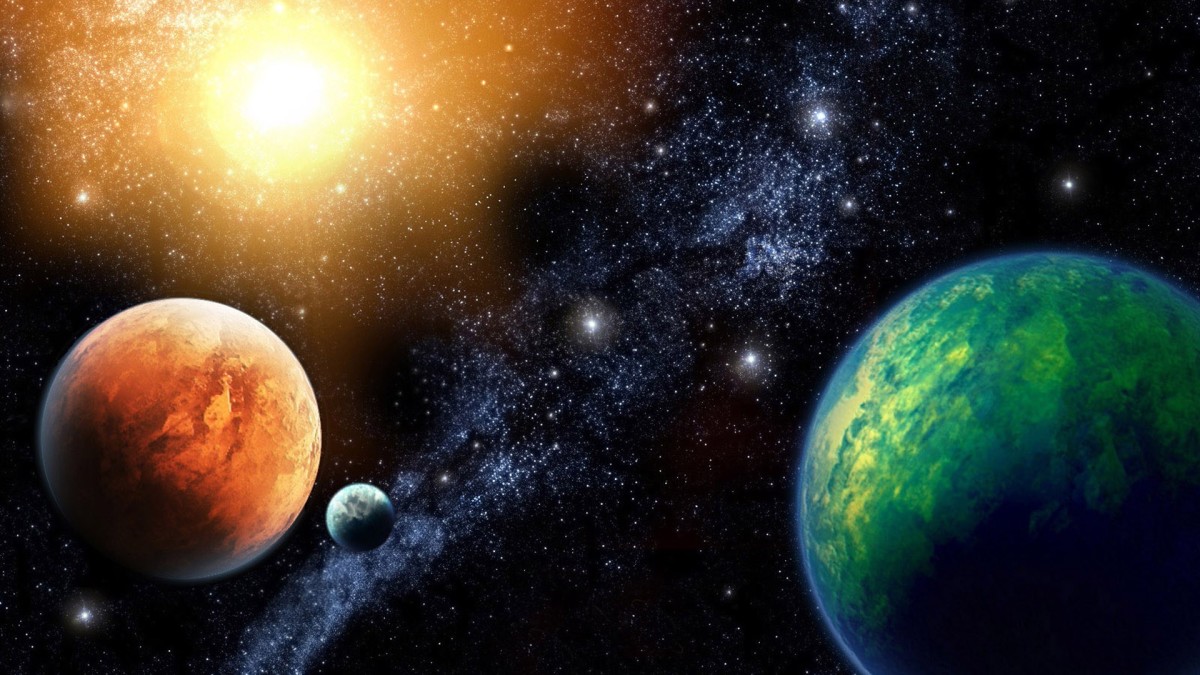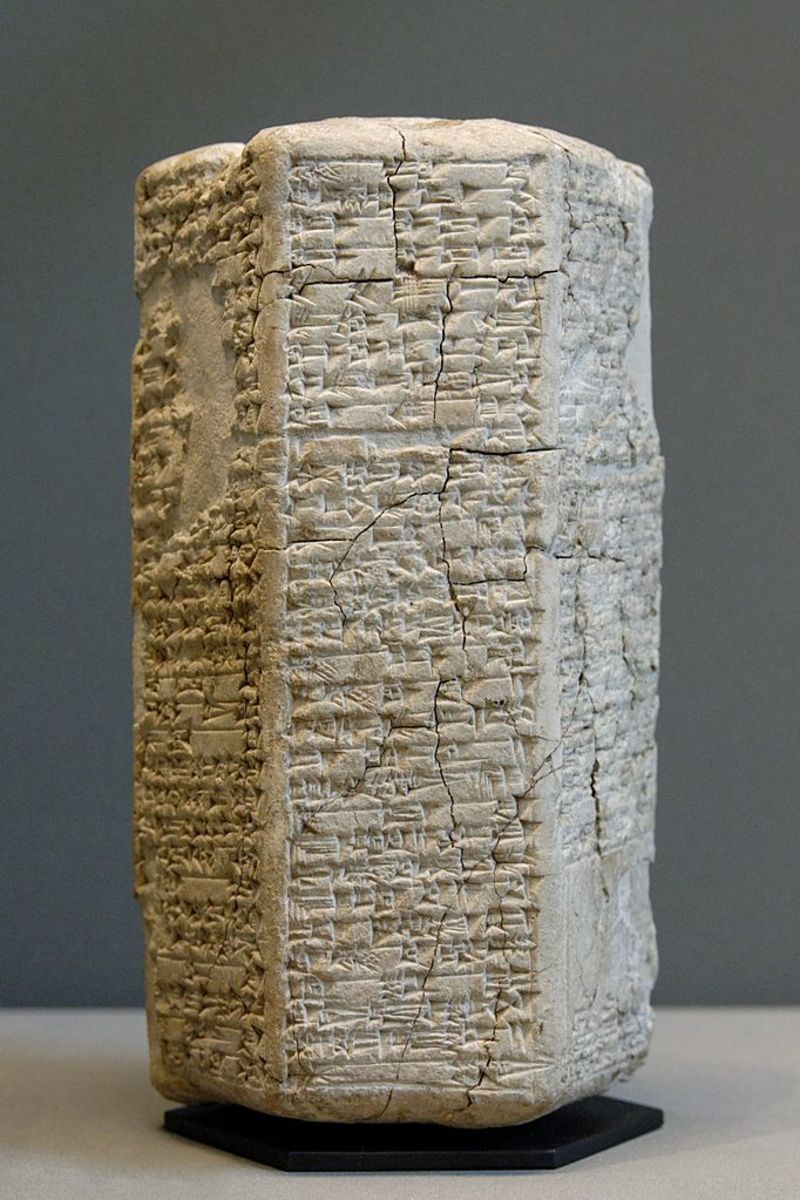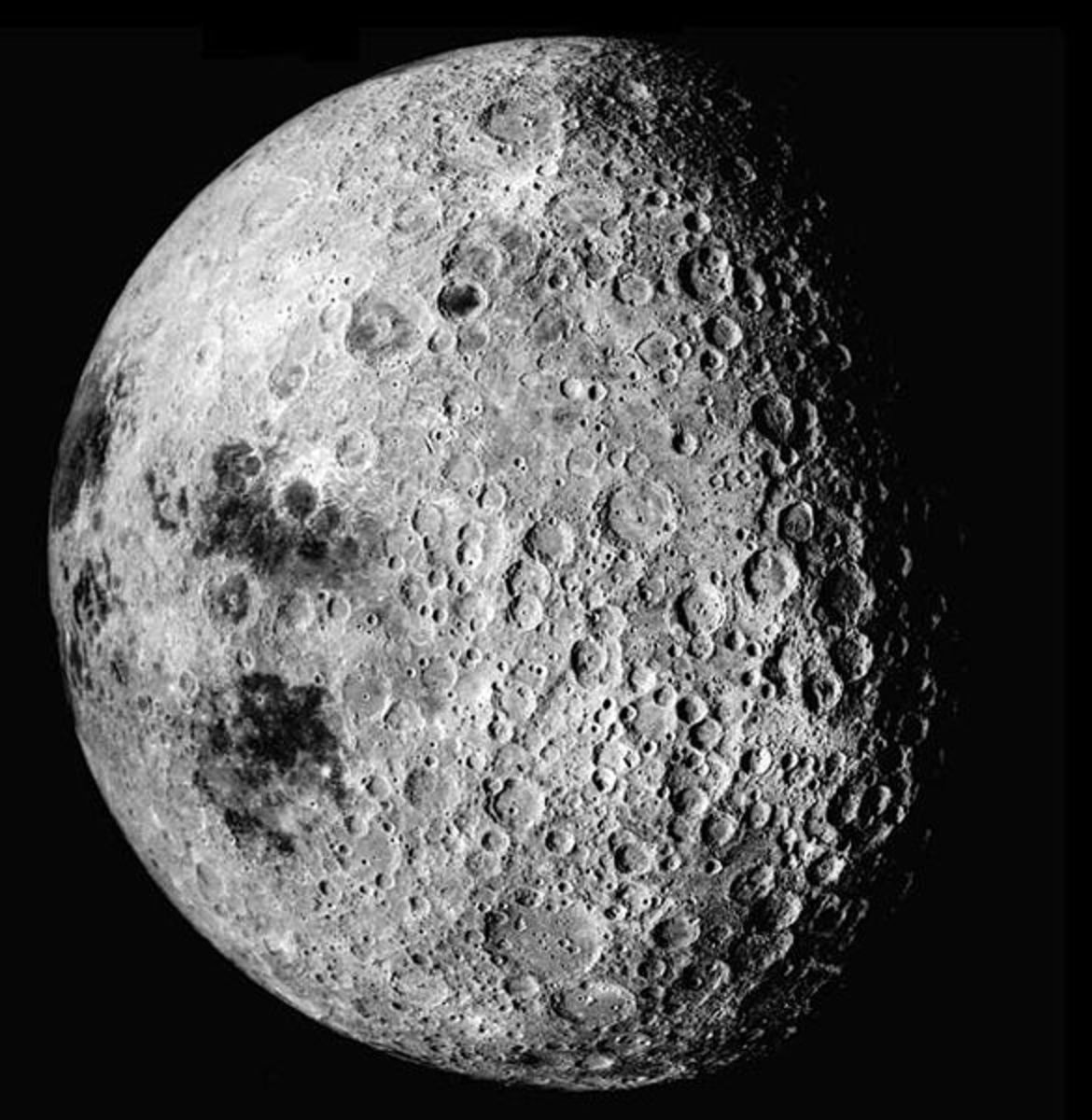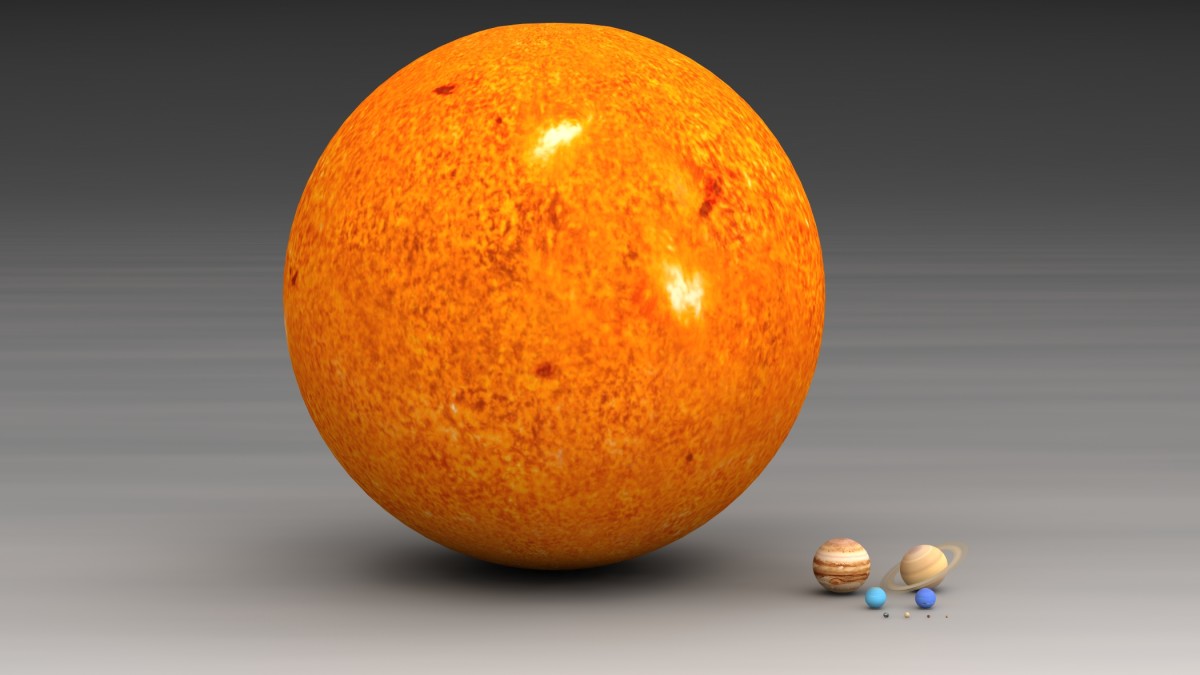Terraforming Venus
Introduction
I believe that humans should first colonize and terraform Venus and Mars second. The scope of this article isn't a debate which is better, so I would rather not go into that, just briefly mention a few reasons why I think it is better:
- surface gravity is very similar to that of earth, so that wouldn't cause heath issues
- closer to earth (3-4 month with current propulsion technology vs. the Martian 6-7 months). The orbital window of opportunity is higher for Venus.
- Has a thick atmosphere to work with.
- Closer to the Sun than Mars, so has more solar energy for both orbital, and surface devices.
Harvesting the Venusian Atmosphere
We can make water from Venus atmosphere. Take a CO2 (carbon dioxide) and split it using the traditional nuclear power plant technology, that would give us 1 carbon atoms and 2 oxygen atoms. One of the oxygen atoms could be fused with hidrogen, obtained from Venus orbit, through the fuel cell technology used in hidrogen fueled cars. Carbon can be used for many purposes among which the most useful for Venus terraforming are: has high melting point (5,530 °C; 9,980 °F, more stable on hot Venus), chemical bond (bonds easily with other atoms through fusion needed for forming needed materials), building material (carbon nanotubes and diamond which are more stable on Venus than on earth because it need high pressure), electrical conductivity (graphite has high conductivity, diamond has very low electric conductivity, which is needed against the frequent thunders in Venusian atmosphere) . Some other oxygen atoms could also be fused to form the ozone layer (O3) in the atmosphere protecting humans from harmful solar radiation. Some of the CO2 could be pumped directly into greenhouses for plants to use and convert to oxygen for humans to breath (in effect an artificial carbon cycle). The citric acid rain could also be harvested for batteries to store energy produced by CO2 nuclear (fission) power plants. Citric acid could also be used to manufacture fertilizers for the Venusian soil. Later, when the pressure is not so high, we could plant tall trees to give us shade, further cooling the surface temperature.
Moon
Venus has no electromagnetic field protecting it from harmful solar radiation, so we would need to put a moon in the Venusian orbit that has one. Probably the best candidate for that is planet Mercury, however the exact and final orbital distance and speed needs to be carefully determined. Below is a possible way to move planet Mercury in Venus's orbit.
Mercury could be moved away from the sun through a highly eccentric orbital rocket around Mercury, which later could later be reused for Mars. The way this would work is that when Mercury is between the rocket and the sun, the rocket would move very close at very high speed, and when the rocket is between Mercury and the sun it moves very far from Mercury. The change in Mercury’s orbit in the beginning would be barely noticeable, but in the vacuum of space there is no drag, so the rate of change in the movement away from the sun would be exponential, and as it gets closer to Venus, Venus’s gravitational pull would increase the rate of change. Of course momentum also helps.
Solar radiation protection
There are radiation coming from the Sun that are harmful for human health, although they do have positive benefits also, for example for industry, for exampe the low frequency ultraviolet rays.
There are 3 primary ways to protect the surface from harmful solar and space radiation, electromagnetic field, ozone layer, and solar shield.
Electromagnetic field
There are 2 ways to generate an electromagnetic field: artificial electromagnets, and moving Mercury closer to Venus. Mercury has a weak electromagnetic field, so Venus could fall within Mercury’s electromagnetic field.
Solar shield
Solar shields should be giant solar cells to power communication satellites and other devices.


